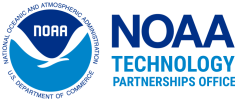A small company with big ideas delivers solutions to non-technical and tech-savvy users
As the catastrophic Colorado wildfires of late 2020 burned out of control, a small company based in Fort Collins, Colorado, decided to use the event as a rare opportunity to test a brand-new technology.
At the time, Access Sensor Technologies was developing a modernized air quality monitoring station, using early-stage funding they received from the NOAA Small Business Innovation Research (SBIR) Program.
Historically, air sampling has relied on a small number of permanent sampling units. This is because each unit is expensive to build, requires significant time to deploy, and requires multiple, highly-skilled personnel to manage the equipment.
Because of real-world, situational testing opportunities such as the wildfire event, Access Sensor Technologies has been able to demonstrate that their modernized air sampling technology is cost-effective and easily programmable, can be quickly deployed, and is able to produce spatially comprehensive, high-quality data.

Why Access Sensor Technologies Pursued NOAA SBIR Funding
When asked why his company pursued NOAA SBIR funding, Access Sensor Technologies Chief Executive Officer Thomas Reilly stated, “We noticed problems with data quality control of air sensors, and the restrictions on their deployment due to cost, difficulty of installation and use, and the demand on resources to manage them. We also noticed an incredible amount of time and effort being spent by researchers trying to follow and understand advances in air sensor technology.”
He continued, “Around this time, the NOAA SBIR funding solicitation came out and we saw an opportunity to expand our products.” The company sought to enhance the data that was available at the time and bolster the data network infrastructure that was in place.
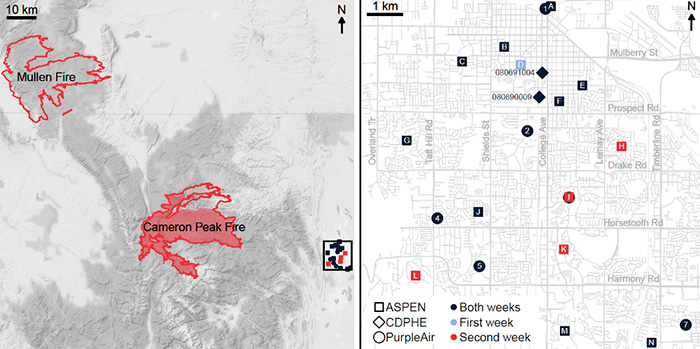
A Catalyst for Innovation
The NOAA SBIR program supports development of technologies, such as the Aspen monitoring system, through highly-competitive, merit-based grants that encourage U.S. small businesses to engage in federal research and development.
A primary goal of the program is to support the development of innovative and commercially-viable products and services. Including qualified small businesses in the nation’s research and development arena stimulates high-tech innovation, and the United States gains entrepreneurial spirit as it meets its specific research and development needs.
As Reilly noted, “The early entrepreneur space is a tough ecosystem to be in, especially for those who are working on impactful projects like atmospheric research or pollution exposure. SBIR awards are great because they seed and stimulate economic growth and technology innovation in a very focused and cost-effective way, while aligning with agency missions.”
Reilly adds that SBIR awards are also one of the first opportunities available to recent graduates, and says they provide awardees with an opportunity to develop new, complementary skill sets. He explains, “This is just one example of the many benefits of the SBIR program – it is part of the fabric that makes up a very capable, educated workforce and allows people to be inter- and cross-disciplinary.”
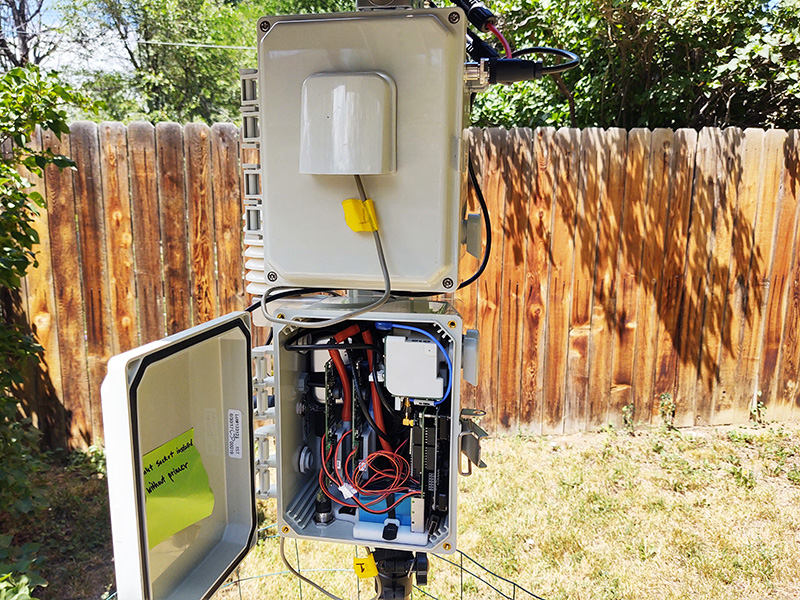
A Company is Launched
Access Sensor Technologies was originally founded with the intention of making sophisticated sensor and sampling technology more readily accessible to people around the world.
Reilly says, “This approach has a democratizing effect in that end-users do not have to be scientifically trained in order to capture reliable and repeatable information.”
Air sampling involves setting up hardware at a particular location and pumping air through a series of filters that are later collected and analyzed by a lab. Sensors can monitor overall air quality and track specific chemical elements of interest. Reilly says his company’s particular emphasis is on establishing a reading of what’s in the air that we breathe.
The small business’s early innovative approach involved the successful development of ultrasonic air pumps that were programmable, silent, and energy-efficient. Since then, the company has been able to advance air sampling hardware and software standards beyond what has traditionally been an unreliable and short-lived approach.
As the company’s first official hire, Reilly brought in extensive scientific and technical experience as well as the desire to build something marketable in the private sector.
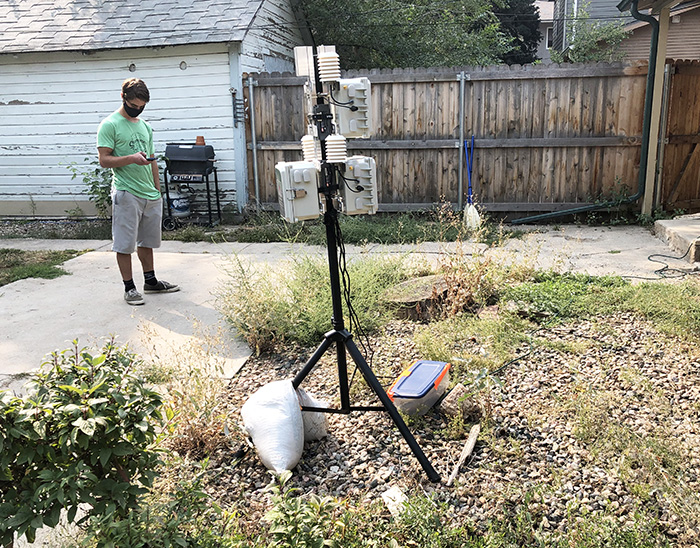
A Small Company Makes a Big Impact
Reilly emphasizes that Access Sensor Technologies wants to position itself at the intersection of environment and health. “One way that we make our dent in the universe is to bring as many people as we can into the fold, so they can understand how their environment is changing or impacting their health – this is what gets our team really jazzed,” says Reilly.
“Some of the most invigorating calls we get are from customers who are new to environmental sampling but who have been immediately successful in what they want to achieve. That’s where we know we’re making a difference, by expanding the possibilities for people who use our tools.”
Another important impact of small companies engaging in NOAA SBIR-funded research and development is the ripple effect those activities can have on the economy. Reilly explains, “We make sure a majority of our vendors are U.S.-based: our circuit boards are made by a company just 20 minutes south of us, our machine shop is in Denver, and our injection molders are in Minnesota.”
Reilly adds, “Another way that we expand our impact is by working with environmental consultants, who amplify our reach by using our technology to serve their own network of users and clients.” Examples of diverse users of the Aspen air monitoring technology have included construction site managers, epidemiologists, public health scientists, and people who are interested in air quality changes resulting from decarbonization.
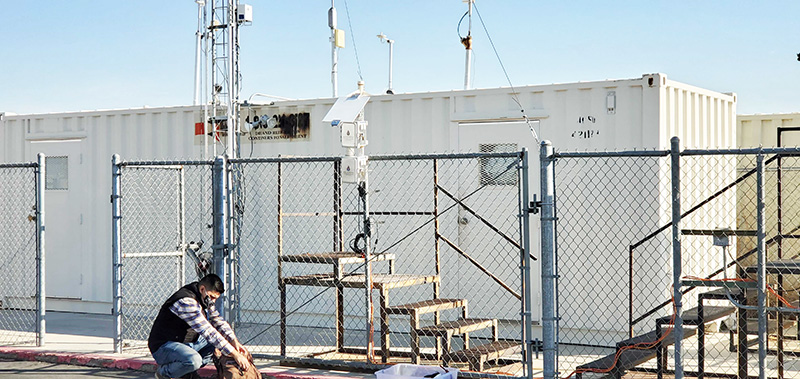
Research and Development is a Learning Process
Going through the SBIR research and development process affords a company the chance to learn more about the funding process, the specific technologies under development, and their customer base.
In the case of Access Sensor Technologies, Reilly notes, “We learned that you really need to get out and interact with the marketplace and your potential end-users. Even through something as challenging as COVID, we were able to build and strengthen relationships. It was important to find early customers who were willing to go through the buggy prototype phase with us and provide useful feedback.”
Participating in the SBIR Program also gave Access Sensors Technologies the opportunity to learn more about itself as a company. Reilly says, “We’ve learned that we don’t want to be all things to all people, but to enable them by providing the tools they need to make informed decisions.”
Sometimes the specific uses and test results of a new technology are unexpected. Reilly says with a laugh, “You sometimes get useful, real-world questions that you haven’t thought of such as ‘How do you keep snakes or poisonous spiders out of your boxes that are installed in the desert?’ This is important feedback because it’s based on messy, real-world situations that don’t show up during the computer design and lab prototype production process.”
These points illustrate that the research and development process will not only potentially lead to a better product, but also a stronger company. Reilly says, “You can’t just operate inside your little niche bubble, you have to get out there and engage and learn with your community of users. It’s important as a small business to have a diversity of skills.”
A Small Company’s Advice for Others Seeking SBIR Funding
When it comes to giving advice to other small companies and entrepreneurs who are thinking about pursuing SBIR funding, Reilly advises, “Take a close look at how your idea overlaps with different government agency missions. The SBIR program works great when you can clearly identify the alignment of what you are doing with the objectives of an agency. You’ll likely go in too many directions if, as a small company, you try to be a contortionist.”
Visit the NOAA SBIR Program website to view additional information about the program, read about other NOAA SBIR successes and available technologies, and sign up to receive email updates on upcoming funding opportunities.
Note: Any reference obtained from this website to a specific company, product, process, or service does not constitute or imply an endorsement by NOAA.
Published on November 7, 2022 by Matthew Bryant
Media contact: suzi.webster@noaa.gov

